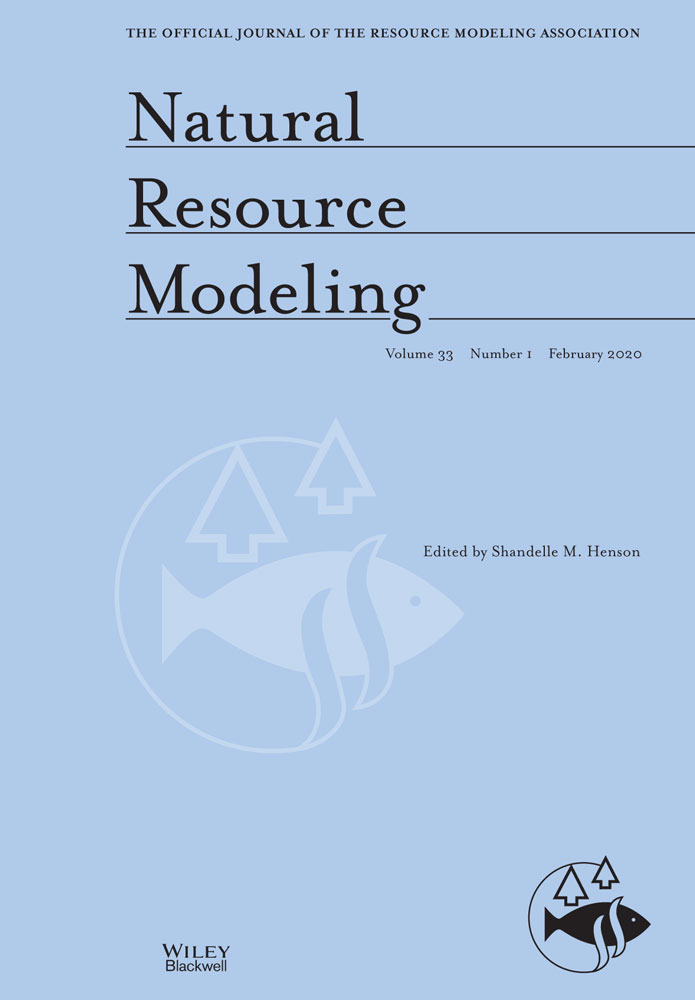Coupling relationship between green production and green consumption: Case of the Yangtze River Delta area
Abstract
Green production and green consumption have always been topics of concern. This study explores the coupling relationship between green production and green consumption by setting up a coupling coordination degree model using 2006–2015 panel data for the Yangtze River Delta area. The results highlight that, first, the contribution rate of the tertiary industry to the gross domestic product index is the key factor influencing green production. Meanwhile, passenger volume in the public traffic index is the main factor impacting green consumption. Second, while both green production and consumption levels have somewhat improved in the area, the gap between them continues to widen. Furthermore, the improvement in green consumption lags behind that in green production. Finally, the coupling coordination degree between green production and consumption in the area shows an increasing trend, although at a low level. These findings suggest that governments should focus on improving green consumption to increase the coupling coordination degree.
Recommendation for Resource Management
The coupling coordination degree model is established to evaluate and analyze the development status and differences in green production and green consumption in China's Yangtze River Delta area. An index system of green production and green consumption is constructed, and the weights of each index are obtained using the extended entropy method. The coupling degree and coupling correlation degree are calculated using the coupling degree model. On the basis of results of this study, we can conclude that:
-
This model can better analyze the development degree of and difference between green production and green consumption in the region.
-
Improving urban public transport services can better improve the regional green consumption.
-
Increasing the proportion of tertiary industries and increasing pollution control can improve the green production in the region.
-
In the development of a green economy, we should not only increase support for green production, but also guide and promote residents’ green consumption, and understand that the coordinated development of green production and green consumption is the key to achieving a green economy.




